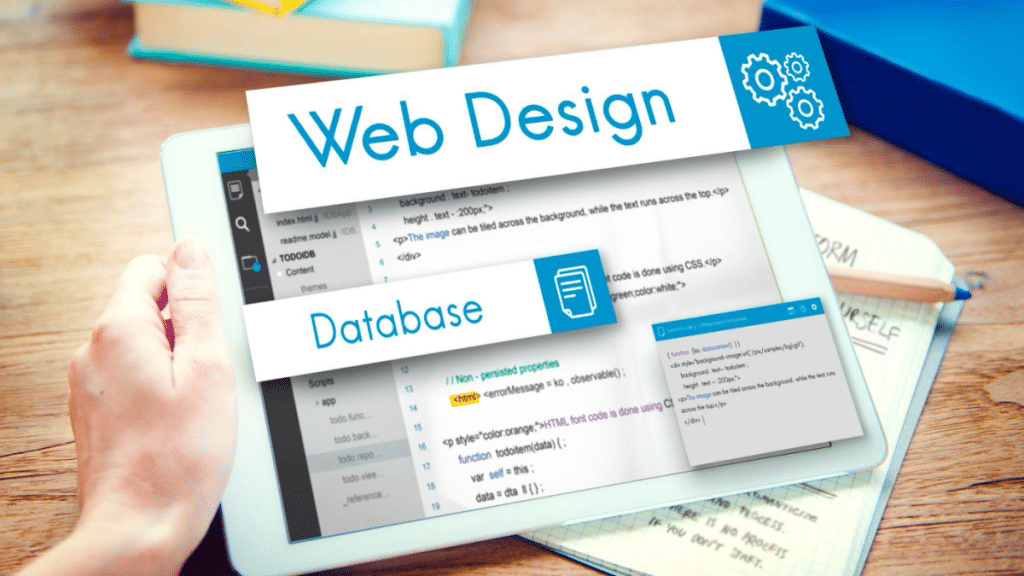Introduction
Magento is a powerful eCommerce platform known for its flexibility and scalability. To maximize its potential, a well-designed website is crucial. This guide will cover everything you need to know about Magento web design, including Magento eCommerce website design, Magento eCommerce web design, Magento eCommerce design, Magento design, and finding the best Magento website design company.
Why Choose Magento for eCommerce?Scalability and Flexibility
Magento is designed to handle large-scale eCommerce operations, making it ideal for businesses looking to grow.
Comprehensive Features
It offers a wide range of features, from product management to advanced marketing tools, that help streamline your eCommerce operations.
Customization
Magento’s open-source nature allows for extensive customization to meet your unique business needs.
Community and Support
With a vast community of developers and robust support, Magento ensures you can find help and resources when needed.
Key Elements of Magento Web Design
1. User-Centric DesignIntuitive Navigation
An intuitive navigation structure helps users find products easily, improving their shopping experience and increasing conversions.
Responsive Design
Ensure your Magento site is mobile-friendly. A responsive design adapts to different screen sizes, providing a seamless experience across devices.
2. Visual AppealHigh-Quality Images
Use high-quality images for your products. Clear, detailed images can significantly impact a customer’s decision to purchase.
Consistent Branding
Maintain consistent branding throughout your site. This includes using your brand colors, fonts, and logo to create a cohesive look.
3. Performance OptimizationPage Load Speed
Optimize your site to load quickly. Slow loading times can lead to high bounce rates and lost sales.
SEO-Friendly
Implement SEO best practices to ensure your Magento site ranks well on search engines. This includes optimizing meta tags, URLs, and content.
4. Secure and TrustworthySSL Certificates
Ensure your site is secure with SSL certificates. This not only protects customer data but also boosts your site’s SEO ranking.
Trust Badges
Display trust badges and customer reviews prominently to build trust and credibility.
Steps to Designing a Magento eCommerce Website
1. Define Your GoalsBusiness Objectives
Outline your business objectives and how your website can help achieve them. This could include increasing sales, improving user engagement, or expanding your customer base.
Target Audience
Identify your target audience and tailor your design to meet their needs and preferences.
2. Choose a Magento ThemeFree vs. Paid Themes
Magento offers both free and paid themes. While free themes can be a good starting point, paid themes often provide more features and customization options.
Customization
Select a theme that allows for customization. This ensures you can tailor the design to fit your brand and functional requirements.
3. Design and LayoutHomepage Design
Create a compelling homepage that highlights your key products and offers. Use a clean layout with clear calls-to-action.
Product Pages
Design product pages that provide detailed information, high-quality images, and customer reviews. Ensure the layout is easy to navigate.
4. Optimize for SEOKeyword Research
Conduct keyword research to identify the terms your target audience is searching for. Incorporate these keywords into your product descriptions, meta tags, and content.
On-Page SEO
Optimize each page for SEO by including relevant keywords, creating SEO-friendly URLs, and ensuring fast load times.
5. Test and LaunchUsability Testing
Conduct usability testing to identify any issues with navigation, design, or functionality. Make necessary adjustments based on user feedback.
Launch
Once testing is complete, launch your Magento website. Monitor performance closely and be prepared to make ongoing improvements.
Finding the Best Magento Website Design CompanyExperience and Expertise
Look for a company with extensive experience in Magento web design. They should have a portfolio of successful projects and a deep understanding of the platform.
Custom Solutions
The company should offer custom design solutions tailored to your specific business needs and objectives.
Comprehensive Services
Choose a company that provides a full range of services, including design, development, SEO, and ongoing support.
Client Reviews and Testimonials
Check client reviews and testimonials to gauge the company’s reputation and the quality of their work.
Benefits of Hiring a Professional Magento Design CompanyExpertise
Professional designers have the expertise to create a visually appealing and functional Magento site that meets your business goals.
Time-Saving
Hiring a professional saves you time, allowing you to focus on other aspects of your business.
Ongoing Support
A professional design company provides ongoing support to ensure your site remains up-to-date and performs optimally.
Conclusion
Investing in professional Magento web design is essential for creating a successful eCommerce website. By focusing on user-centric design, visual appeal, performance optimization, and security, you can create a site that not only attracts visitors but also converts them into customers. Whether you’re looking for a Magento eCommerce website design, Magento eCommerce web design, Magento eCommerce design, Magento design, or a Magento website design company, this guide provides the insights you need to make informed decisions and achieve your eCommerce goals.
